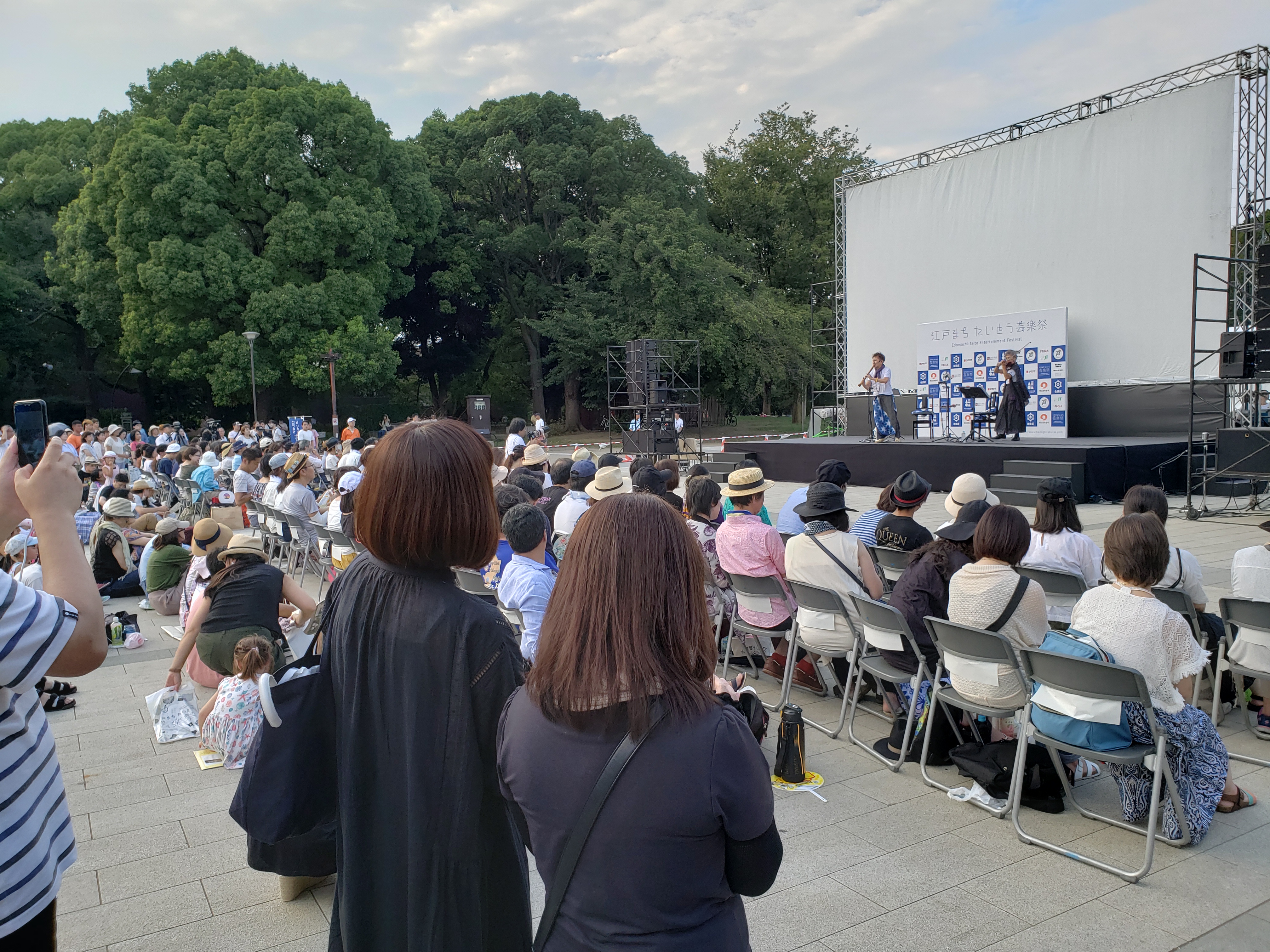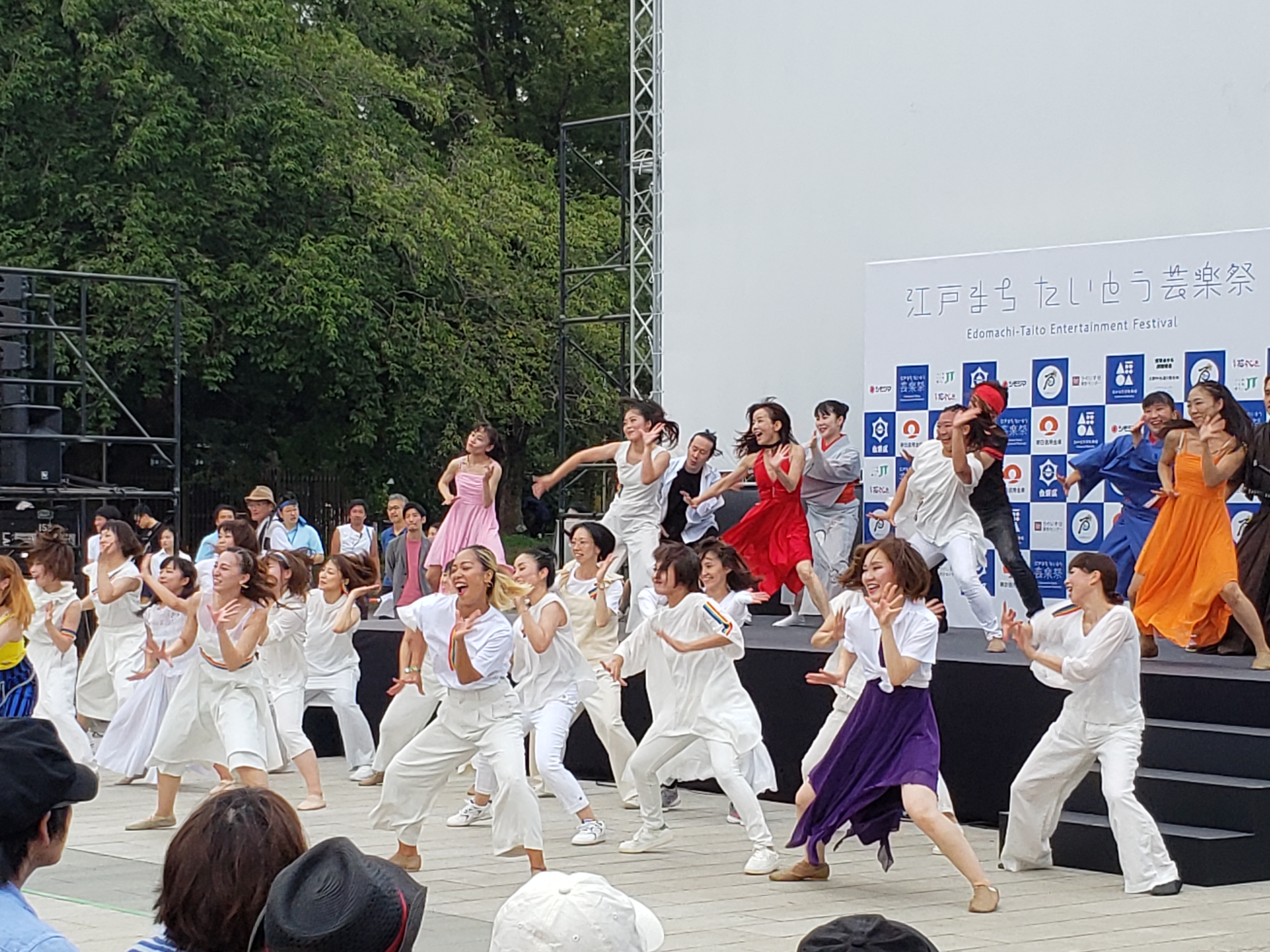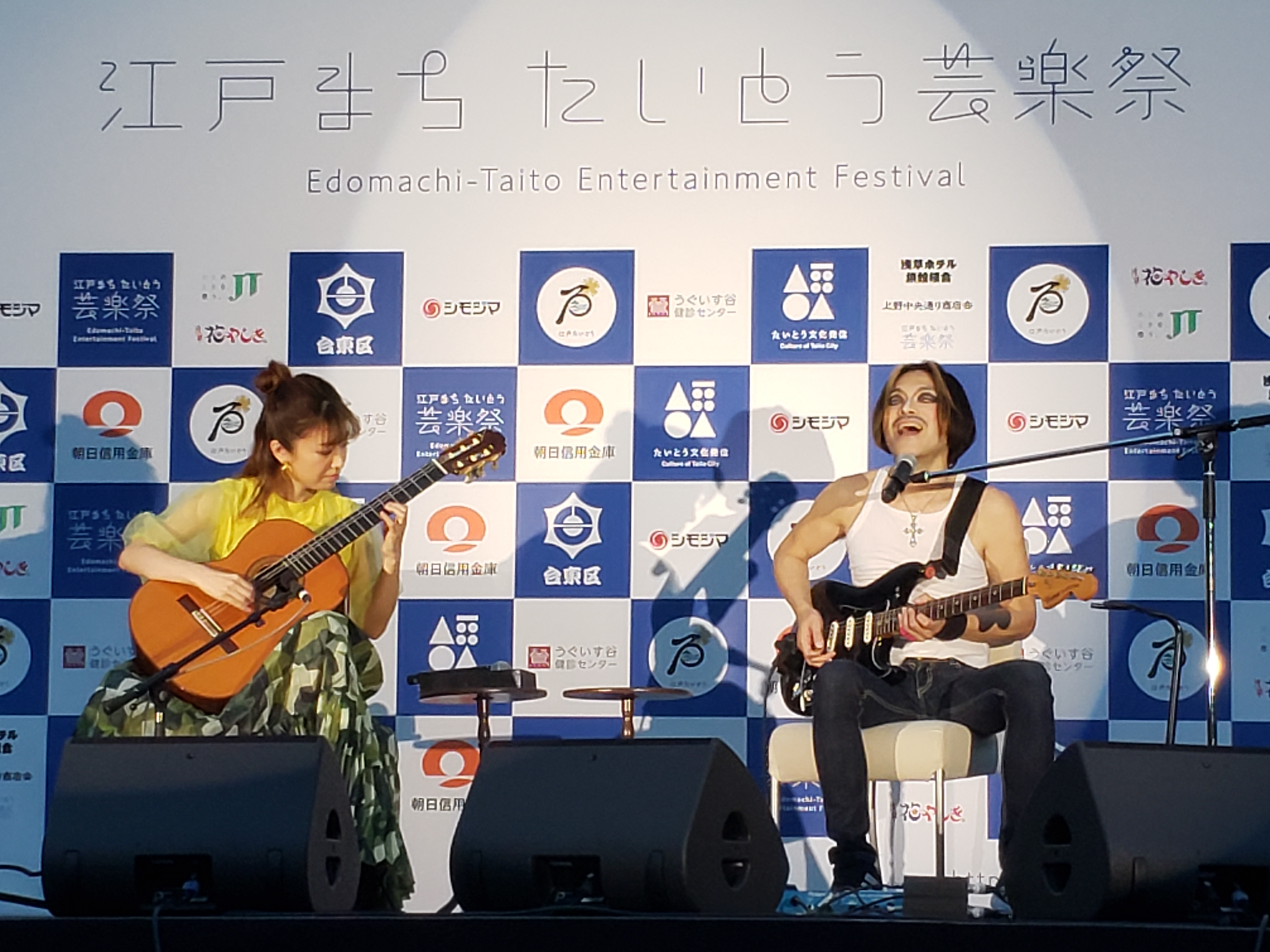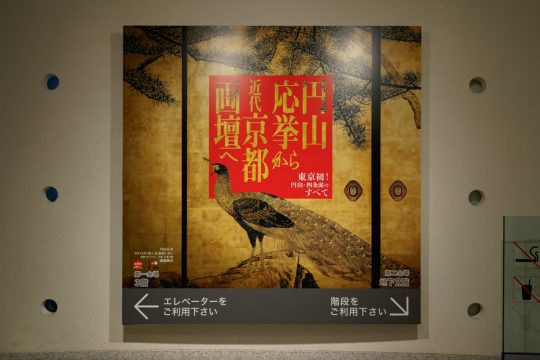Takenodai Plaza of Ueno Onshi Park (Fountain plaza)

Last year, the popular “Edomachi-Taito Entertainment Festival Geirakusai” was held again this year.
It is a cultural event full of emotion that allows young and old people to feel the various arts and art culture that have been protected and nurtured by their predecessors, such as smart, rich humanity, and enterprising spirit.
Honorary advisor is Beat Takeshi, the same as last time.
Starting from the opening event on August 18, the summer team will be held from August 18 to October 26, 2019, and the winter team will be held from January to February 15, 2020.
So, this time, we interviewed the opening event.
Mahha speed gousokkyu & Monrose
The event's frontier was Mach Speed's fast-paced ball that won the championship at the “Beat Takeshi Cup Mansai Nippon No. 1” held in January 2019. The short contest was performed for 10 seconds, 30 seconds and 1 minute. Tasteful tongues, fast-paced bokeh and tsukkomi with masochism about their name recognition at important points, and a talk invite a pleasant laugh from the venue.

Next up is the runner-up Monrose, who competed with them in the Beat Takeshi Cup. Two contrasting men, who have a modern weakness and a full-blown heat, show off the teppanya “Director of Weak Baseball Club” and attract their own laughter.

In this way, two young entertainers who got on the wave this year excited the venue, and the spark of “Edomachi-Taito Entertainment Festival Geirakusai ~ Summer Team ~” was started.

Shakuhachi performance (Mr. Kinohachi)
Kinohachi, who has inherited the shakuhachi school of “Kinko-ryu” that has continued since the Edo period, is from Negishi, Taito-ku. He started blowing shakuhachi instead of toys at the age of 4 and later studied under Takahisa Mitsuhashi.
After his solo debut in 2003, his talents have been demonstrated in composition activities such as stage, Kabuki, and movies, and it seems that his life work includes performing votive performances at temples and shrines throughout the country.
Looking abroad, he has been active in overseas performances such as London, Moscow, Ukraine, Kazakhstan, Crimea, New Zealand, Beijing and Shanghai, and is one of the Japanese culture senders.
This time, I will make it sound in my hometown Taito-ku.

With the violin performance of Jun Takeuchi-san, the venue will be surrounded by a godly and mysterious mood. Not only adults, but also the tone had the power to stop the feet of small children who were just eager. While respecting tradition and formality, it was such an attractive performance that does not forget modern playfulness.

Dance performance from New York (Global Art and Culture Exchange Mai)
“Global Art and Culture Exchange Mai” is centered on Miho Imoto, a stage actress who is also active in Broadway in the United States, and is also active in interactive workshops and international cultural exchanges through entertainment called dance. Is a performance group.

I am particularly good at theater dance, and this time I tried to incorporate sign language into the dance. After all, the main feature of this dance is the dance performance on the song of the rock band QUEEN, which is named after the movie “Bohemian Rhapsody”. Everyone is enthusiastic about a powerful and dynamic dance. Along with the tune, clapping also begins, and the venue is exciting.

ROLLY & Kaori Muraji (Talk show)
ROLLY, a musician who loves QUEEN, and Kaori Muraharu, a classical guitarist who is also active as a tourism ambassador, talked about the movies “Bohemian Rhapsody” and QUEEN.

The most impressive episode was when Brian May played the guitar using a coin instead of a pick when playing the guitar.
A number of songs were born from the combination of British picks and coins, which is a 1-yen coin in Japan.
Your QUEEN love talk will not end.
And this time, they also performed a session of the QUEEN medley of their selection.

"Bohemian Rhapsody" movie screening
Last year, the movie “Bohemian Rhapsody” was the biggest movement in the world, not just in Japan, and won the 91st Academy Awards in 4 categories.
This work was screened on a large outdoor screen set up in Ueno Onshi Park with the highest quality sound equipment.
Along with the screening, the eyes of many visitors gathered at the venue were poured onto the light projected from the truck loaded with screening equipment.

The sun set, and the heat should have only left the heat accumulated in the concrete ground, but as the scene progressed at the venue where the cheering screening was OK, the enthusiasm again filled with hot cheering and singing by QUEEN fans It was.
It looks more like a live venue than a movie theater.
Ueno on this day became hotter than usual.
The 2nd Edomachi-Taito Entertainment Festival Geirakusai, which started in this way, will be followed by a variety of cultural events such as movies, performing arts, and theater.
Why don't you visit the venue to see, listen to, laugh, and see the popular performing arts that have been nurtured in the region and the sophisticated styles and traditions that have been nurtured in the community, by inviting everyone around you? Uka.
For details, please visit the official website below.
Outline of Edomachi-Taito Entertainment Festival Geirakusai
| Session | August 18, 2019 (Sun)-February 15, 2020 (Sat) |
| Venue | ○ Ueno area Takenodai Plaza of Ueno Onshi Park (Fountain plaza), Okachimachi south exit station square etc. ○ Yanaka District Disaster Prevention Plaza Hatsune Forest ○ Northern area Yamatanibori Square and others ○ Southern Area Kuramae Elementary School ○ Asakusa district Higashi Honganji Temple, Taito Ward Asakusa Public Hall etc. |
| Official website | http://www.taitogeirakusai.com/ |





























